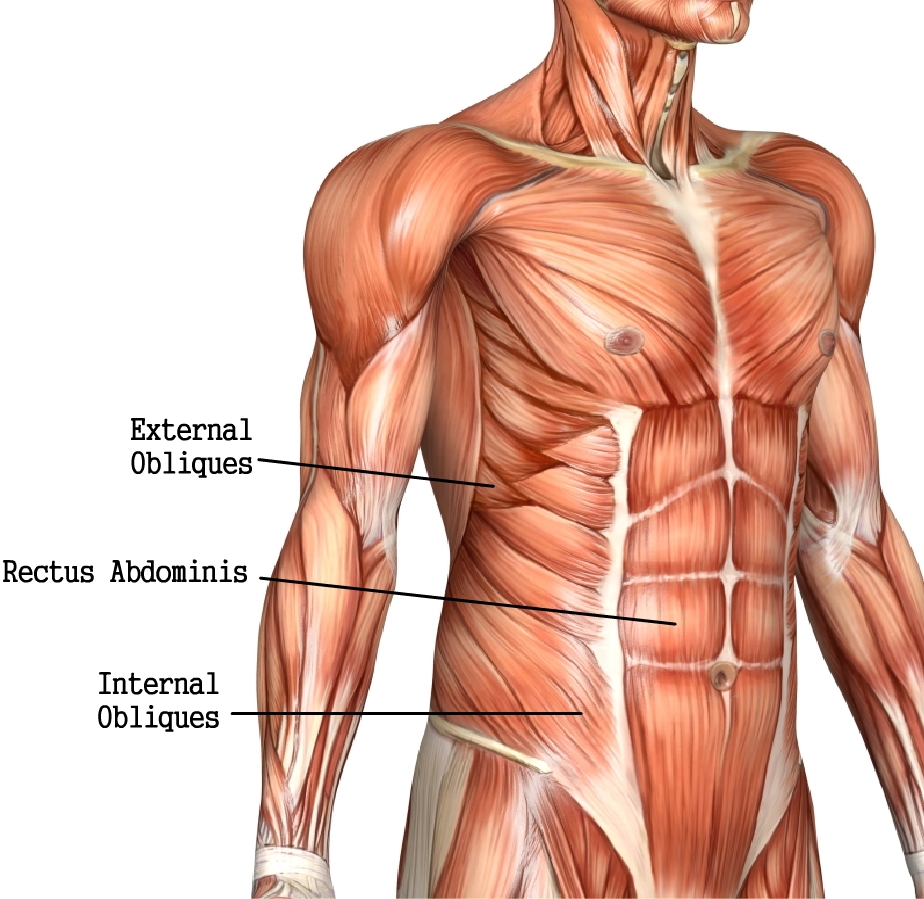
If you've already had experience of doing push ups, you may well know how it's great for your abdominals. Your arms may be doing the actual movement and bearing part or all of your weight, but it takes some doing to keep your body in a plank-like state as you go through even one push up movement. Just hold yourself at any stage of the push up, and you feel pressure on your core, even if it's just a little bit. How much pressure though? Yet again, it depends on the type of push up, and it appears that the more advanced and suspended push up variations intensify the level of challenge on the abdominal muscles.
According to results published by Beach et al 2008, a standard push up resulted in an average of 13.9% of the maximum voluntary isometric contraction (MVIC) in the rectus abdominis, 15.6% of the MVIC in the external obliques and 18.2% of the MVIC in the external obliques. In the suspended push up type, the contractions on each of these muscles increased significantly with a noted 184% increase in the average rectus abdominis isometric muscle contractility. In short, that means push up variations like the thumb push ups, the one arm push ups and the planche push ups will rely more on just your arm strength, but your core strength. I'm guessing you already know this, so it wouldn't be too surprising that I personal rate the push up as the best full bodyweight exercise.
Click here to get the Full 21 PUSH UP Types list.
Reference
T.A.C. Beach et al. / Human Movement Science 27 (2008) 457–472